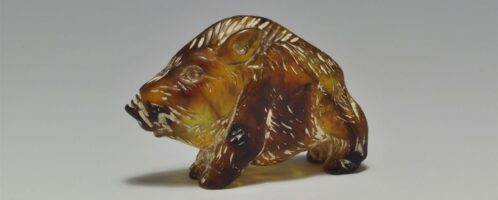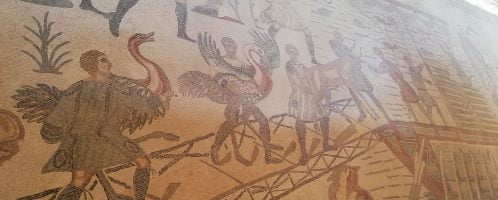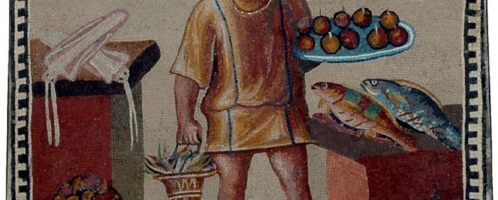Mosaic depicting Pan and Hamadryad
The mosaic of Pan and the Hamadryad, found in Pompeii, is a fascinating example of Roman art. Such works were popular among Roman householders, who were eager to decorate their villas with mythological scenes, often imbued with erotic or metaphorical symbolism.











